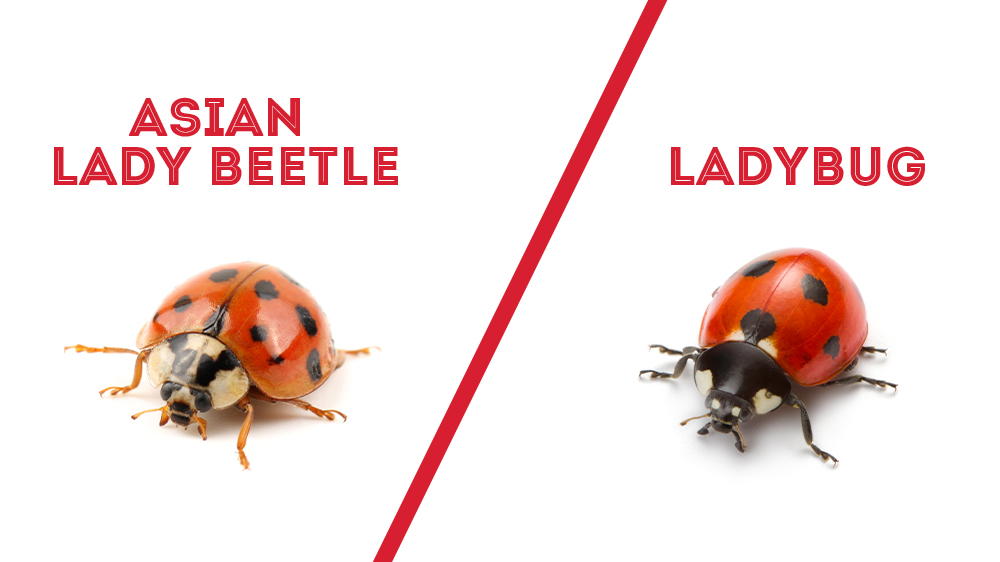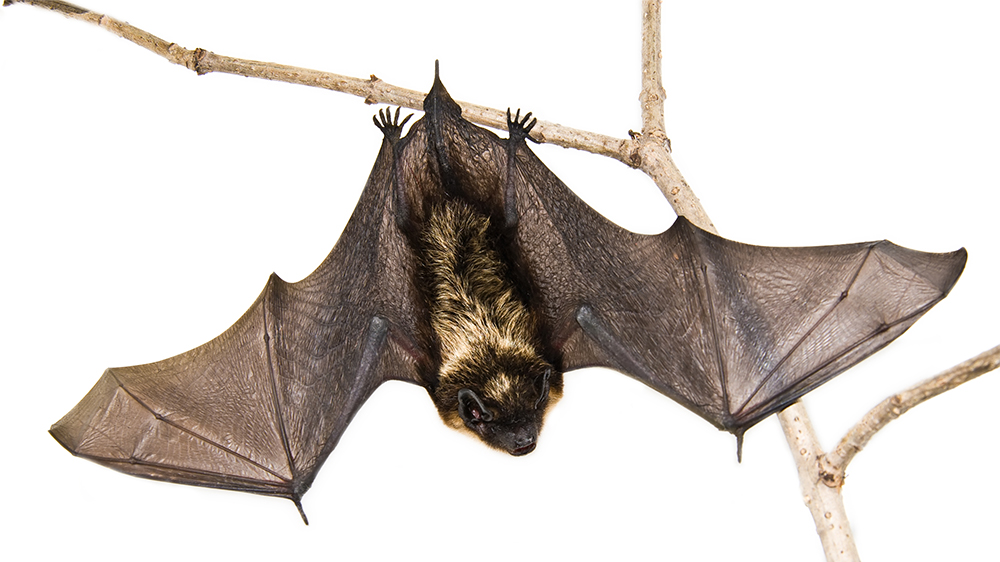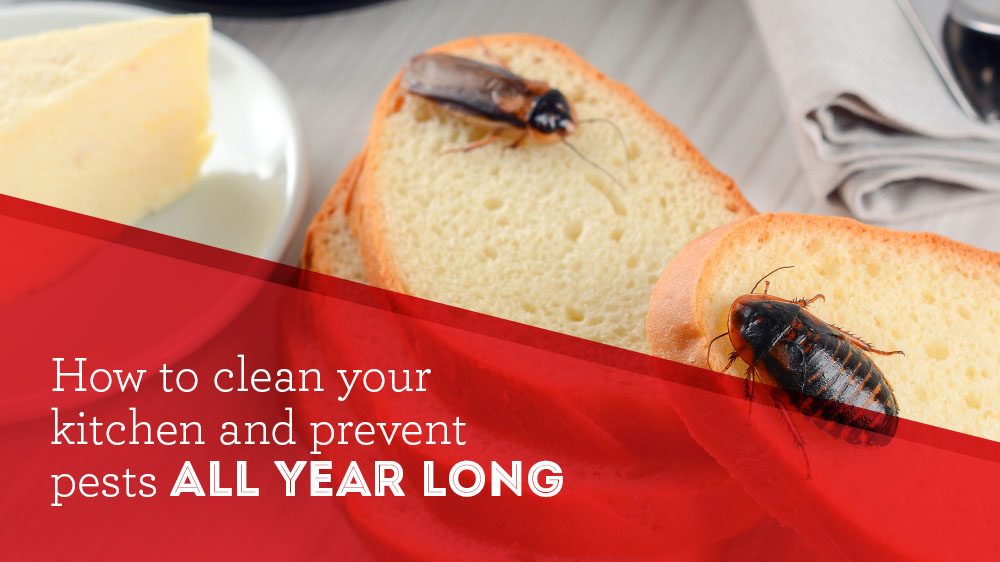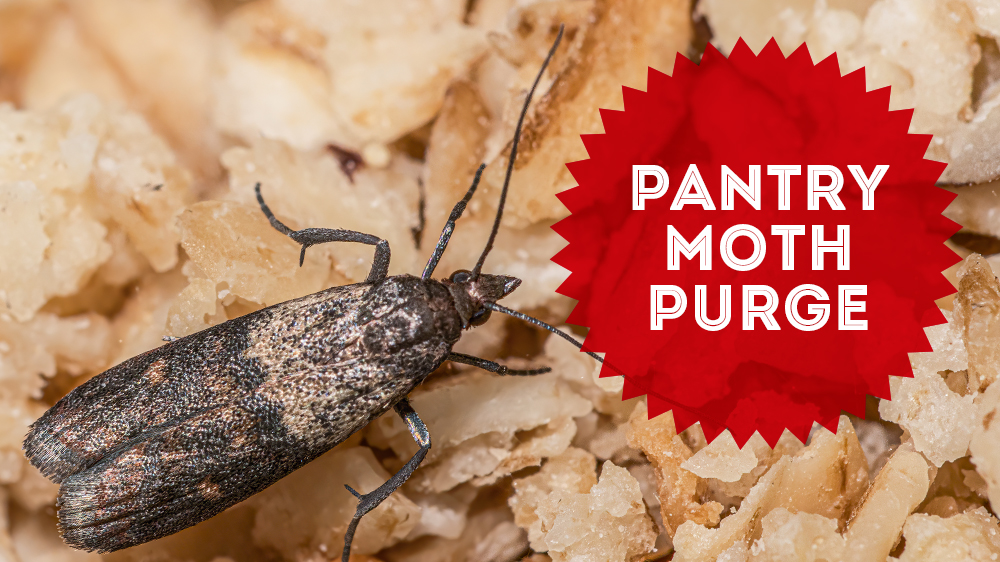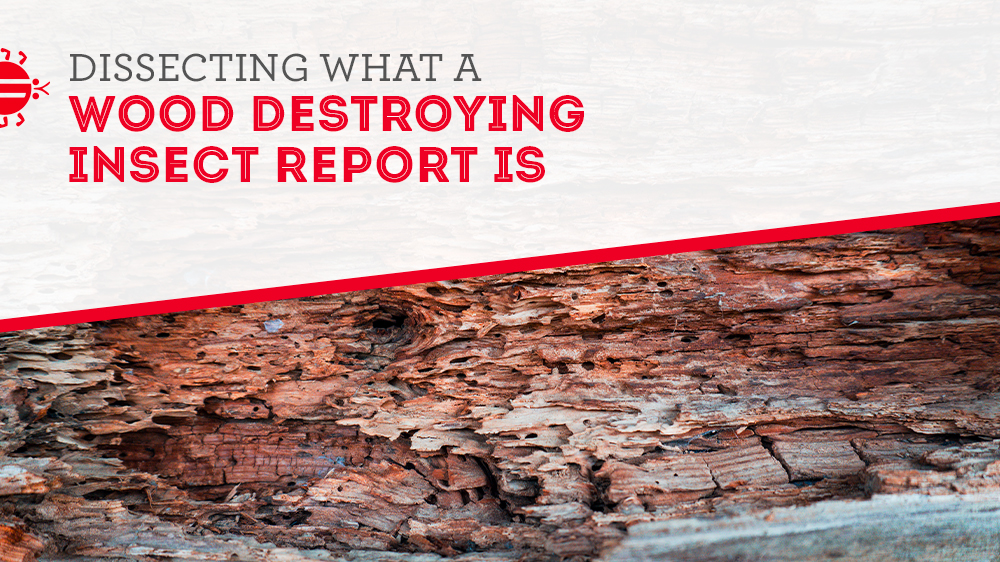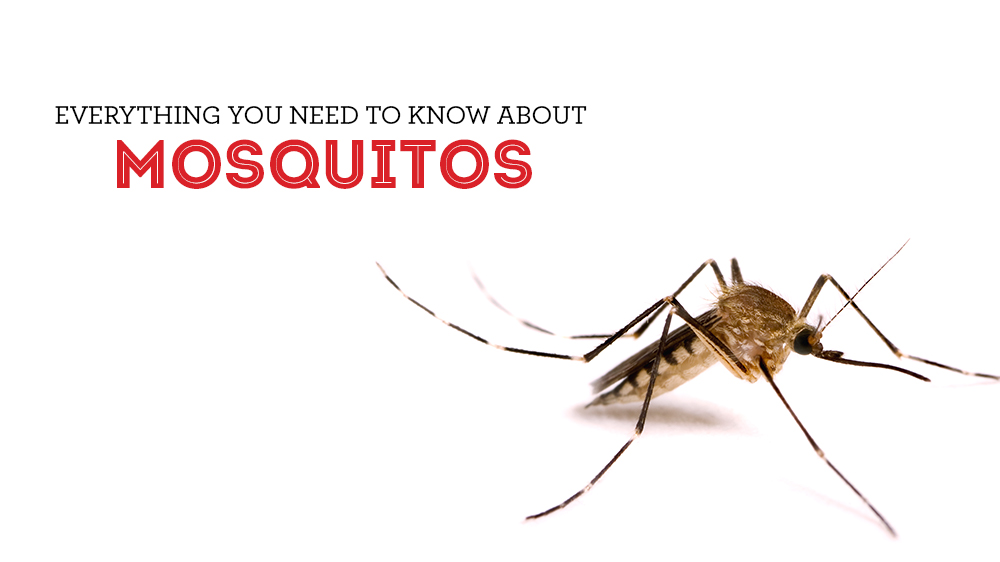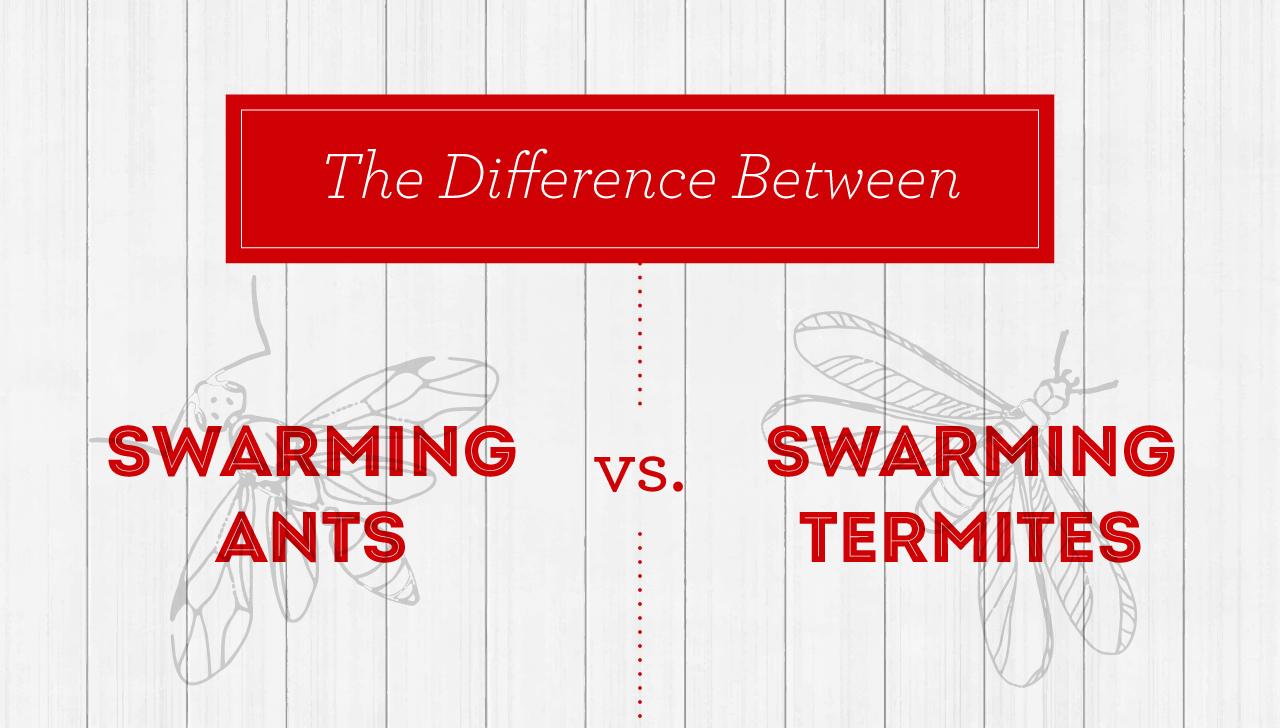
Cooler temperatures and occasional bouts of rain make this the perfect season for rodents to seek shelter in our cozy homes and offices. Dealing with these uninvited guests not only poses health risks but can also lead to unpleasant odors. Read on for some simple and effective ways to keep your home rodent and odor-free.
- Seal Those Entry Points
Mice and rats can slip into your home through tiny openings. Inspect your home for cracks and gaps in walls, doors, and windows. Use caulk or weatherstripping to seal these openings and prevent rodents from entering. - Store Food Securely
Rodents are attracted to food sources. Keep all food items, including pet food, in airtight containers to deter hungry critters from exploring your pantry. - Clean Regularly
A clean home is less inviting to rodents. Regularly clean up crumbs, spills, and food debris. Don’t forget to sweep and mop under appliances and furniture. - Declutter
Reduce clutter in your home to eliminate hiding spots for rodents. Organize your belongings and dispose of items you no longer need. - Set Traps
Place humane traps or baited snap traps in areas where you suspect rodent activity. Be sure to check them daily and release captured animals safely or dispose of dead ones. - Use Natural Repellents
Consider using natural repellents like peppermint oil or mothballs in areas where rodents might enter. These scents are unpleasant to them and can help deter them from your home. - Keep Your Yard Tidy
Rodents can also take refuge in your yard. Keep your outdoor space tidy by removing debris, trimming overgrown plants, and sealing garbage cans. - Insulate Your Home
Proper insulation helps regulate your home’s temperature and can deter rodents from seeking warmth inside. Check and improve your home’s insulation as needed. - Consult Professionals
If your rodent problem persists, don’t hesitate to contact a pest control professional like The Bug Man. We can assess the situation and provide effective solutions tailored to your home. - Control Odors
To combat odors that may result from rodent infestations, use odor-absorbing products like baking soda or activated charcoal. These can help neutralize unpleasant smells.
The Bug Man Approach
Our highly trained technicians have the best technology and expertise to combat rodents and odors in your home or place of business.
Exclusions
Exclusion in commercial and residential pest management is the first line of defense to prevent a pest invasion. As an integrated management system, it is a much more simplistic and safer way to control pests and eradicate any infestation before it can get out of control. Working on things like garbage chutes, drains, weep holes, plumbing penetrations, and foundation cracks, the idea is to keep rodents and pests out by closing up the options they have to find their ways indoors.
Odor Control
Our odor control machines can be used in commercial and residential buildings such as medical waiting areas, nursing homes, daycare centers, restaurants, night clubs, beauty parlors and other venues that cannot be evacuated for odor treatment. The polluted air in the room passes through the Hydroxyl machine, is neutralized then blown back out as fresh clean air. This process may take hours or up to 4-5 days depending on the room size and remediation issue.
Baiting
Exterior rodent bait stations will keep rodents hungry, before they enter your home looking for a food source. Baiting, exclusion and odor control are the three methods we use in conjunction with a rodent issue. Trap them, seal the holes, flush out the odor of the dead ones.
By taking these simple steps, you can enjoy a rodent and odor-free home or business during the winter in Louisiana. Remember, early prevention and regular maintenance are key to keeping your home cozy and critter-free all season long. Read more about The Bug Man’s exclusions and odor control services here. Call The Bug Man today at 923-BUGS.


